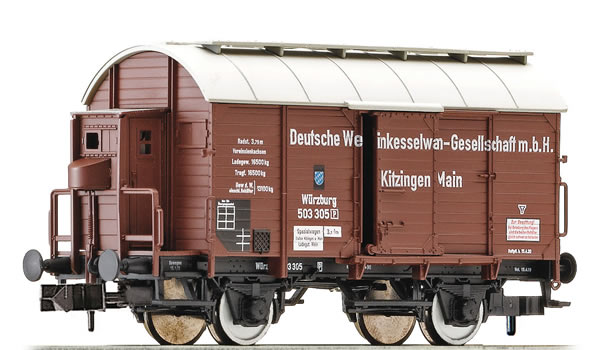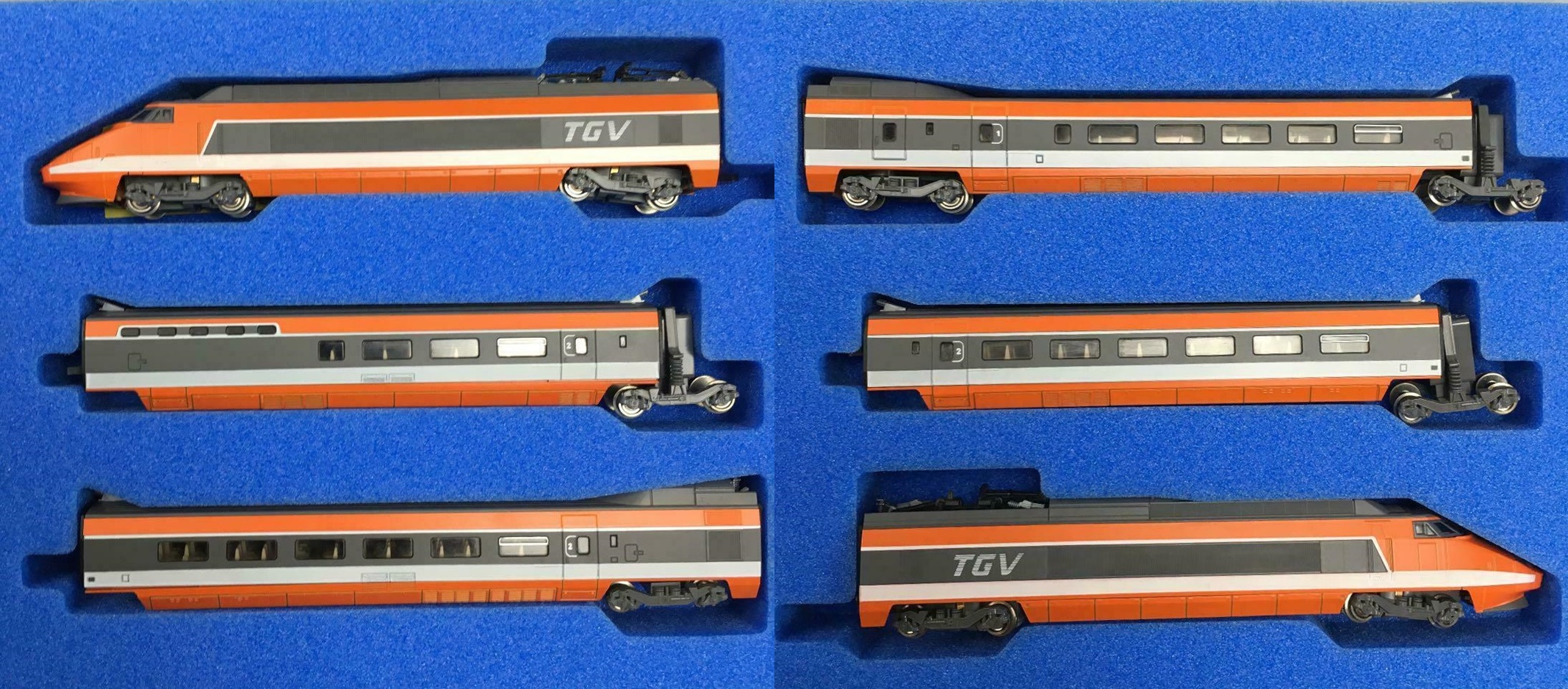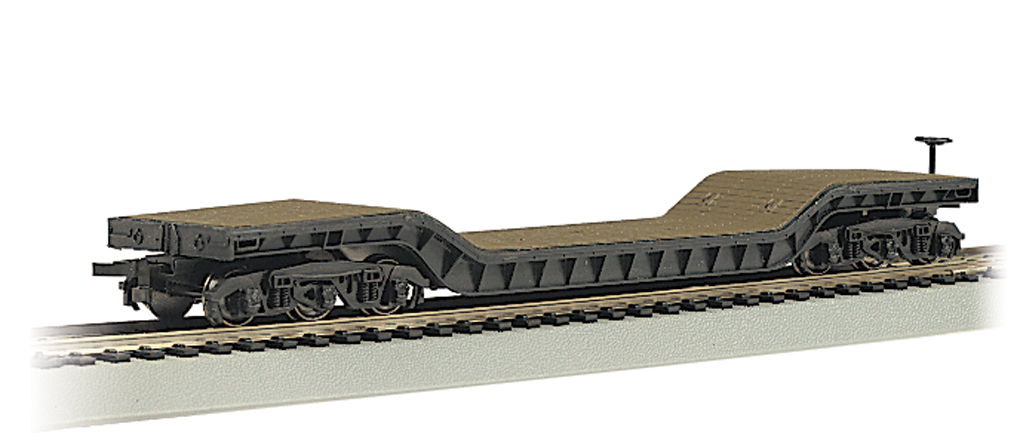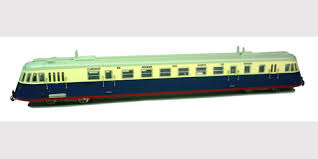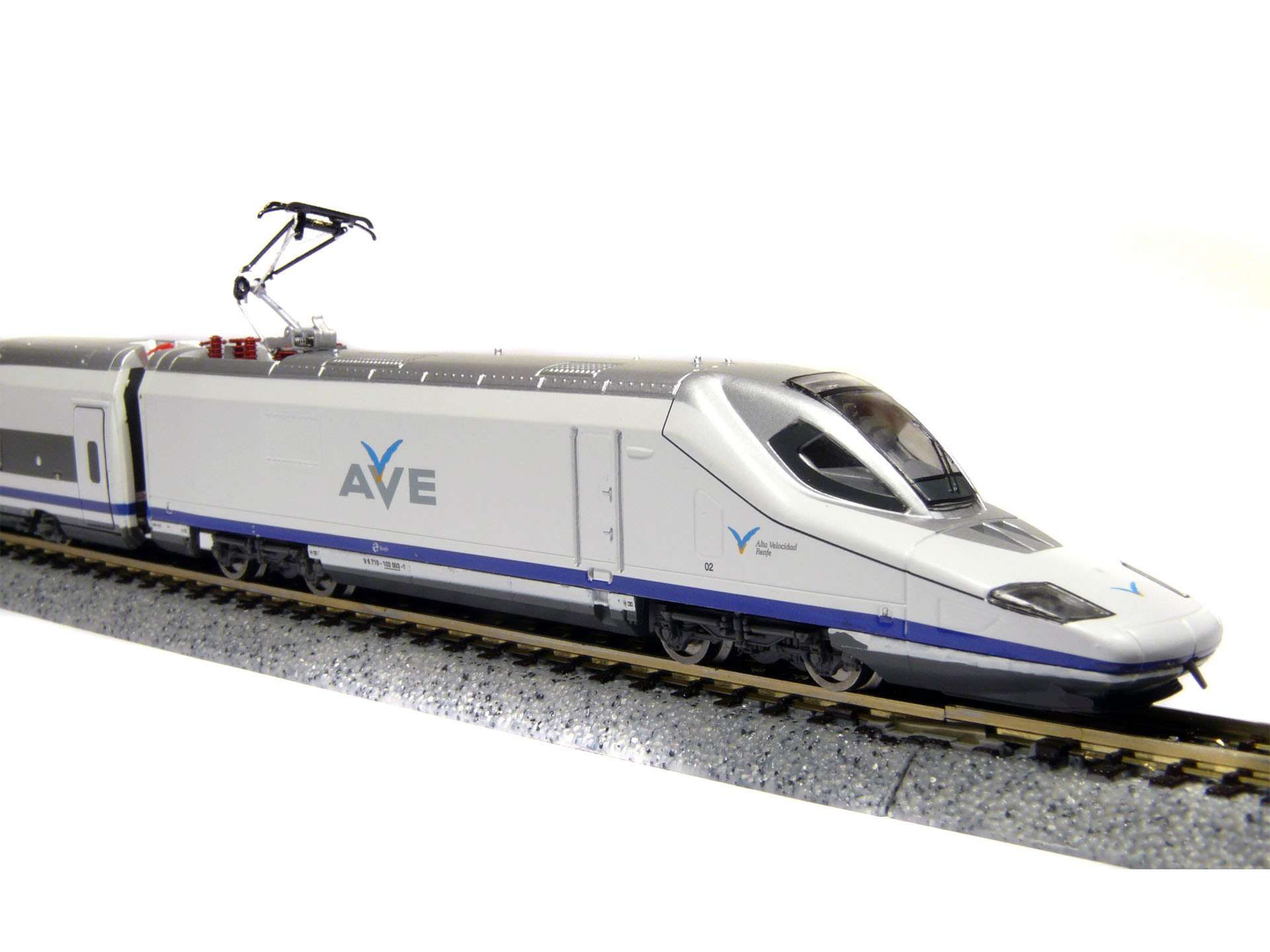Model Information: Model introduced in 2017. Wine tank wagon with brakeman‘s cab.
A total of 553 tank wagons - 180 of which were closed vehicles - were delivered by MAN to the German Winery Association (Deutschen Weinkesselwagen-Gesellschaft m.b.H.), Kitzingen, and to other European countries from 1919 onwards.
Like the H0 model, the new design in N Gauge features a close coupler with guide mechanism (NEM 355) and movable sliding doors that let you look inside the wagon at its two wine barrels.
Highlights: Two movable sliding doors; Replica of the wine tank; Finely detailed; With close coupling mechanism.
A total of 553 tank wagons - 180 of which were closed vehicles - were delivered by MAN to the German Winery Association (Deutschen Weinkesselwagen-Gesellschaft m.b.H.), Kitzingen, and to other European countries from 1919 onwards.
Like the H0 model, the new design in N Gauge features a close coupler with guide mechanism (NEM 355) and movable sliding doors that let you look inside the wagon at its two wine barrels.
Highlights: Two movable sliding doors; Replica of the wine tank; Finely detailed; With close coupling mechanism.
Prototype History: Wine barrel cars are freight cars with wooden wine barrels installed on them. They can be referred to as foudre, from the French term for these large wine barrels. A two-barrel car was designated as bi-foudre.
This special type of tank wagon was set up by private wine merchants from several continental European countries. Most of these cars were built in the first quarter of the 20th century. Due to regular thefts and high repair costs, they were later manufactured in a closed construction, partly with roof domes. From the 1960s, they were replaced by tank cars.
This special type of tank wagon was set up by private wine merchants from several continental European countries. Most of these cars were built in the first quarter of the 20th century. Due to regular thefts and high repair costs, they were later manufactured in a closed construction, partly with roof domes. From the 1960s, they were replaced by tank cars.
Road Name History: 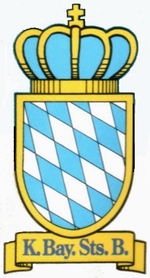 The Royal Bavarian State Railways (Königliche Bayerische Staats-Eisenbahnen or K.Bay.Sts.B.) was founded in 1844. The organisation grew into the second largest of the German state railways (after that of the Prussian state railways) with a railway network of 8,526 kilometres (including the Palatinate Railway or Pfalzbahn) by the end of the First World War.
The Royal Bavarian State Railways (Königliche Bayerische Staats-Eisenbahnen or K.Bay.Sts.B.) was founded in 1844. The organisation grew into the second largest of the German state railways (after that of the Prussian state railways) with a railway network of 8,526 kilometres (including the Palatinate Railway or Pfalzbahn) by the end of the First World War.
Following the abdication of the Bavarian monarchy at the end of the First World War, the 'Royal' title was dropped and on 24 April 1920 the Bavarian State Railway (Bayerische Staatseisenbahn), as it was now called, was merged into the newly formed German Reich Railways Authority (Deutsche Reichseisenbahnen) as the Bavarian Group Administration (Gruppenverwaltung Bayern). The management of the Bavarian railway network was divided into four Reichsbahn divisions: Augsburg, Munich, Nuremberg and Regensburg. The former Palatinate Railway formed the Ludwigshafen division. On 1 October 1933 the only group administration within the Deutsche Reichsbahn-Gesellschaft, the Gruppenverwaltung Bayern, was disbanded.

Following the abdication of the Bavarian monarchy at the end of the First World War, the 'Royal' title was dropped and on 24 April 1920 the Bavarian State Railway (Bayerische Staatseisenbahn), as it was now called, was merged into the newly formed German Reich Railways Authority (Deutsche Reichseisenbahnen) as the Bavarian Group Administration (Gruppenverwaltung Bayern). The management of the Bavarian railway network was divided into four Reichsbahn divisions: Augsburg, Munich, Nuremberg and Regensburg. The former Palatinate Railway formed the Ludwigshafen division. On 1 October 1933 the only group administration within the Deutsche Reichsbahn-Gesellschaft, the Gruppenverwaltung Bayern, was disbanded.
Brand/Importer Information: As a high-quality company we set the standard when it comes to prototype fidelity and functionality. Our aim is to enthrall novices and experts alike and to be the enduring long-term partner for a fascinating hobby that spans all generations. We achieve this with the true-to-detail design and the reliability of our models and with innovations that offer a new dimension in the play value and fun factor. The high commitment to quality that has characterised Fleischmann for more than 125 years has ensured our company?s position as an internationally leading brand for model railways.
Small-scale greatness. Its comprehensive range in the N scale makes Fleischmann the international market leader in this sector. There are over 350 highly detailed models to choose from in the space-saving 9-mm gauge. Continuous and targeted extension of the range will allow Fleischmann to expand its competitive edge in the future.
Small-scale greatness. Its comprehensive range in the N scale makes Fleischmann the international market leader in this sector. There are over 350 highly detailed models to choose from in the space-saving 9-mm gauge. Continuous and targeted extension of the range will allow Fleischmann to expand its competitive edge in the future.
Item created by: gdm on 2019-04-20 08:08:35. Last edited by gdm on 2020-05-31 15:06:29
If you see errors or missing data in this entry, please feel free to log in and edit it. Anyone with a Gmail account can log in instantly.
If you see errors or missing data in this entry, please feel free to log in and edit it. Anyone with a Gmail account can log in instantly.


